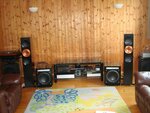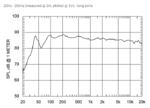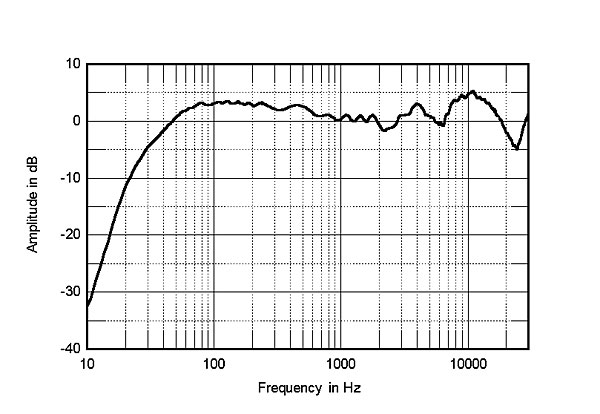Hi.
I have a preamplifier and a poweramplifier I am very satisfied with.
The preamplifier is connected to the poweramplifier and the powerampfiler is connected to speakers,
The connection between the pre- and power-amplifiler is also spited to two active subwoofers.
However, I miss the option to control my sub-woofers volume relative to the speaker volume.
My pre don't have any settings for tuning this, just volume +/-
Can I connect a Second pre-amp with independent volume before the sub-woofers? will this cause any damage or problems?
It might be easier to understand this drawing:

Pre #1: pro-ject pre box s2 digital
Pre #2: AIYIMA Tube Pre
I have a preamplifier and a poweramplifier I am very satisfied with.
The preamplifier is connected to the poweramplifier and the powerampfiler is connected to speakers,
The connection between the pre- and power-amplifiler is also spited to two active subwoofers.
However, I miss the option to control my sub-woofers volume relative to the speaker volume.
My pre don't have any settings for tuning this, just volume +/-
Can I connect a Second pre-amp with independent volume before the sub-woofers? will this cause any damage or problems?
It might be easier to understand this drawing:

Pre #1: pro-ject pre box s2 digital
Pre #2: AIYIMA Tube Pre






